Amami Oshima is about 2 hours and 30 minutes by direct flight from Tokyo, and is located about halfway between the Kagoshima mainland and the main island of Okinawa. Most of the island is mountainous, and there are many endemic and endangered species such as the Amami rabbit and the Amami spiny rat. The island has also preserved its unique culture, including Oshima tsumugi silk fabrics dyed with mud nurtured by the island's nature, "Nanko games" and "Hachigatsu Odori", and was recognized as a World Natural Heritage site in 2021. The sea, known as Amami-Blue, is exceptionally clear. The mangrove forest, the second largest in Japan, is best visited by canoe.
Den Paku
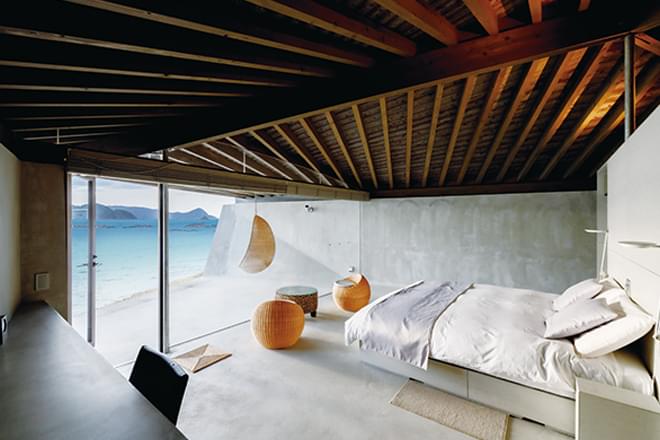
"Den Paku" has three different styles of accommodations in Kasari Cho, in the northern part of Amami Oshima Island. Den Paku The Beachfront MIJORA, as the name suggests, is located on the beachfront and offers a stay with the Amami-Blue ocean all to yourself. The only thing separating the room from the outside is a large glass window. The view from the window during the day and star-filled sky at night will remind you that the quality of time you spend in nature is worthwhile. If you stay here, even the wild waves of stormy weather and rain will become a special time for you.
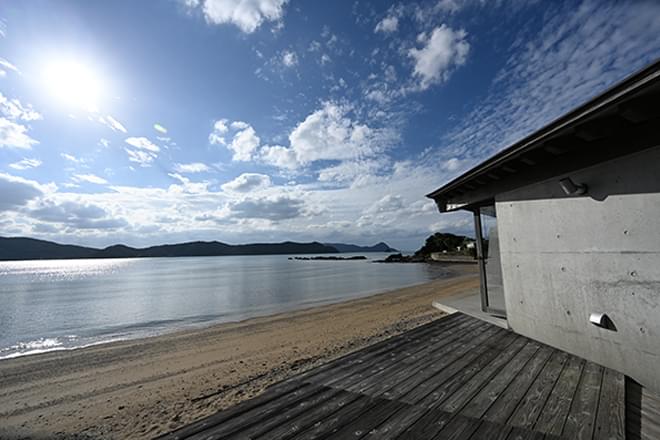
The guest rooms at Den Paku The Beachfront MIJORA are inspired by the traditional Amami architecture of the Takakura roof. Takakura was used to store grain and its wooden roof is impressive. The rooms also have a kitchen where guests can prepare their own meals.

The adjacent restaurant and bar "2waters" offers creative cuisine using ingredients purchased from farmers and fishermen in the Kasari area. Breakfast is available only for guests, but dinner is open to everyone. Have a wonderful dinner with a glass of Kyushu wine while enjoying the view of Akagina Bay, which changes its expression every moment.
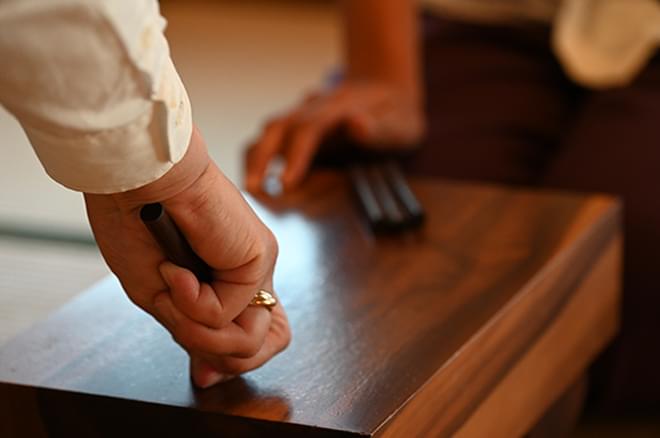
Den Paku is a lodging facility dedicated to passing on "traditional and legendary architecture, villages, and culture" to the next generation. When you stay at Den Paku, why not experience a traditional event or game unique to the island? "Nanko" is still a favorite pasttime of the islanders during celebrations and feasts. The rules are simple: one person faces the other and guesses the number of sticks called "nanko balls" that the other person is hiding in their hand.

It is a psychological game in which players judge the number of sticks by looking at the shape of the hands, or by calling out to each other to guide their guesses. This is a favorite game of the islanders that has continued since the days when there was no TV or other modern entertainment. Enjoy a lively island time !
- Name:
- Den Paku
- Address:
- 986-1 Kamesaki, Sotoganeku, Kasari-cho, Amami-shi, Kagoshima, Japan
- Phone number:
- 0997-63-1910
- Email:
- amami@den-paku.com
- Activities:
- Nanko Play, Hachigatsu Odori (August Dance), Snorkeling, SUP, etc.
Magun Hiroba
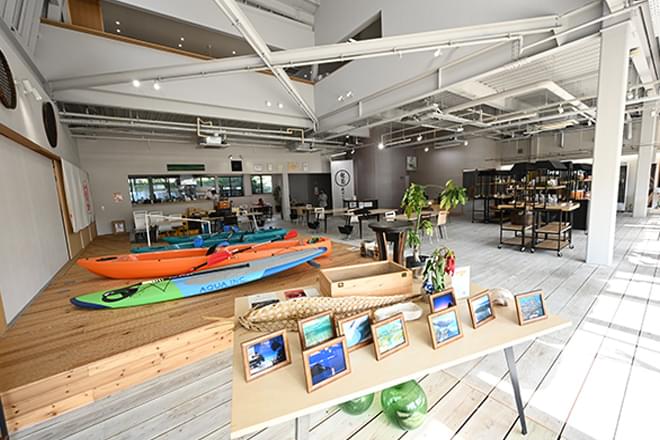
A supermarket loved by the locals was renovated in 2018, and became a place of interaction for both locals and tourists. "Magun" is an Amami word meaning "all together". Some children study at the desks here after school, while sweets and textiles made from local products of the island are on display in the "Amami Market" area. The second floor of the plaza is the popular "Den Paku Amami Hotel" with its modern guest rooms reminiscent of SOHO in New York.
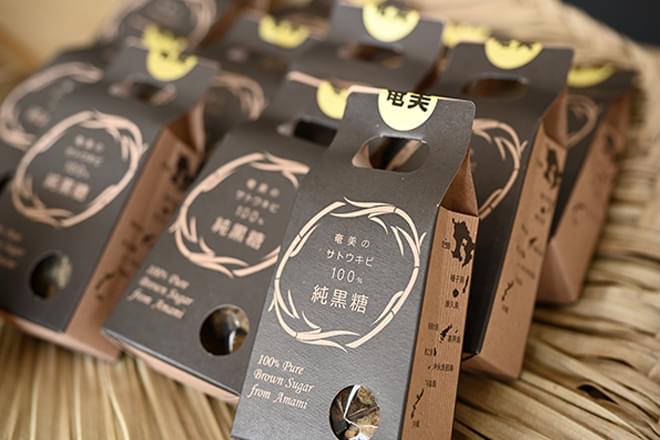
Pure brown sugar is made only from sugarcane. The taste differs depending on the field and the craftsman, but that is what makes it attractive. Since ancient times, sugarcane has been cultivated extensively in Amami, and the pure brown sugar made from sugarcane bathed in the sun has an irresistible gentle sweetness.
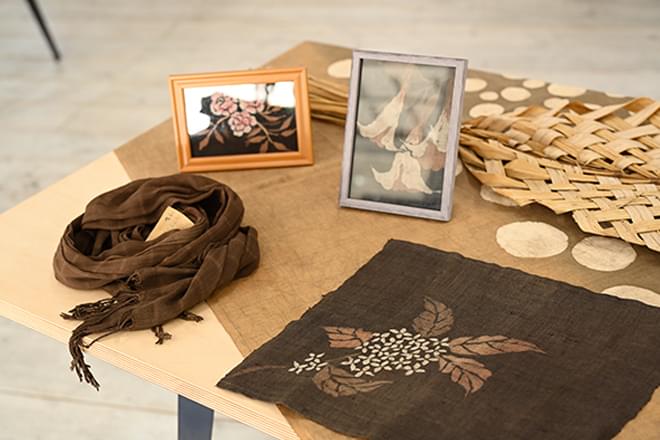
Oshima tsumugi, a traditional Amami textile, is said to have been produced 1,300 years ago. Scarves and clothes made by mud-dyeing, one of the processes of Oshima tsumugi, will be a keepsake of your trip.
- Name:
- Magun Hiroba
- Address:
- 50-2, Sato, Kasari-cho, Amami-shi, Kagoshima
- Telephone number:
- 0997-63-1910(Den Paku)
- Activities:
- Bicycle rental
Slow Guide Amami
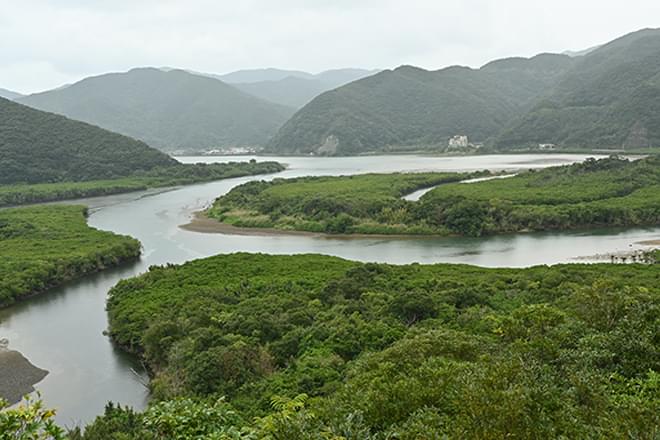
Enjoy the second largest primeval mangrove forest in Japan in a canoe. The area is within the World Heritage Area of "Amami Oshima, Tokunoshima, Northern Okinawa Island, and Iriomote Island," where pristine nature has been preserved. The scenery changes with the ebb and flow of the tide, and at high tide, the course includes a narrow channel that leads deep into the jungle. The experience of canoeing under a tunnel of trees is unique to this area. Make sure not to focus too much on the paddling, but rather on enjoying the scenery!

Even beginners can feel comfortable participating in this canoe tour, as there is an orientation on how to use the paddles before boarding the canoe. Mangrove does not refer to a specific plant, but rather it is a general term for plants that grow in areas where freshwater and seawater mingle. The dominant plants here are the Ojirugi and Mehirugi.

Mangrove forests are located near the confluence of the Yakugachi River and the Sumiyo River. Nutrients and sediment from the mountains flow into the area near the mouth of the river, creating a habitat of plants and a wide variety of creatures unique to this area, such as the Japanese sweet smelt, the southern flying goby, and the southern pond crab.
- Name:
- Slow Guide Amami
- Address:
- Wadamitsukan, 555-13, Surigachi, Sumiyo-cho, Amami, Kagoshima
- Telephone number:
- 0997-69-5501
- Activities:
- Mangrove canoe tours, mangrove canoeing and tours of forests and waterfalls, etc.
Keihan Hisakura

More than 400 years ago, when the Satsuma clan ruled Amami, which is now Kagoshima Prefecture, this chicken rice was created to entertain the clan's officials and warriors. Originally, it was a kind of Takikomi-Gohan (cooked rice with other ingredients), but as time went by, it became the current style eaten with dashi broth. As a local food, it is also served in school lunches at elementary schools, and it is a representative meal of Amami.
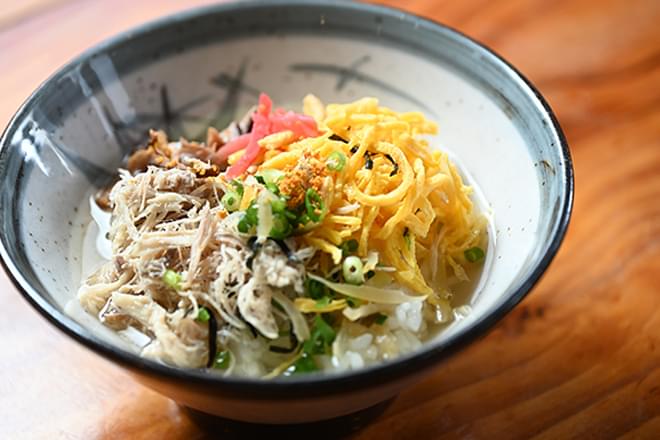
All chickens used at Hisakura are raised on the restaurant's own farm, and the restaurant is proud of its golden soup made from whole chickens. The portion of rice is rather small compared to the toppings, and the amount of broth is generous. "Keihan is about the broth," says the owner, Mr. Hisakura. The seasoning is also simple, using only soy sauce and salt.
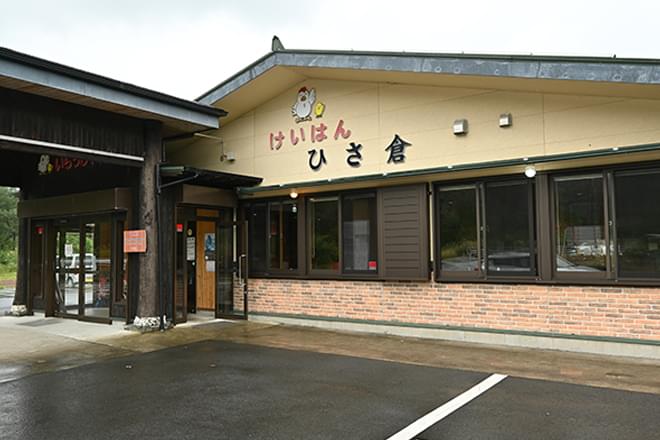
In addition to the chicken, the pickled papaya and the skin of the tangerine are homemade. The popular way of eating chicken is to change the taste with the skin of the tangerine. In addition to Keihan, the restaurant is also proud of its chicken sashimi. Hisakura raises chickens for chicken sashimi, and the freshness of the chickens is outstanding. The plump texture and sweetness make it a must-try dish.
- Name:
- Keihan Hisakura
- Address:
- 516 Yanyu, Oshimagun Tatsugocho, Kagoshima
- Telephone number:
- 0997-62-2988

